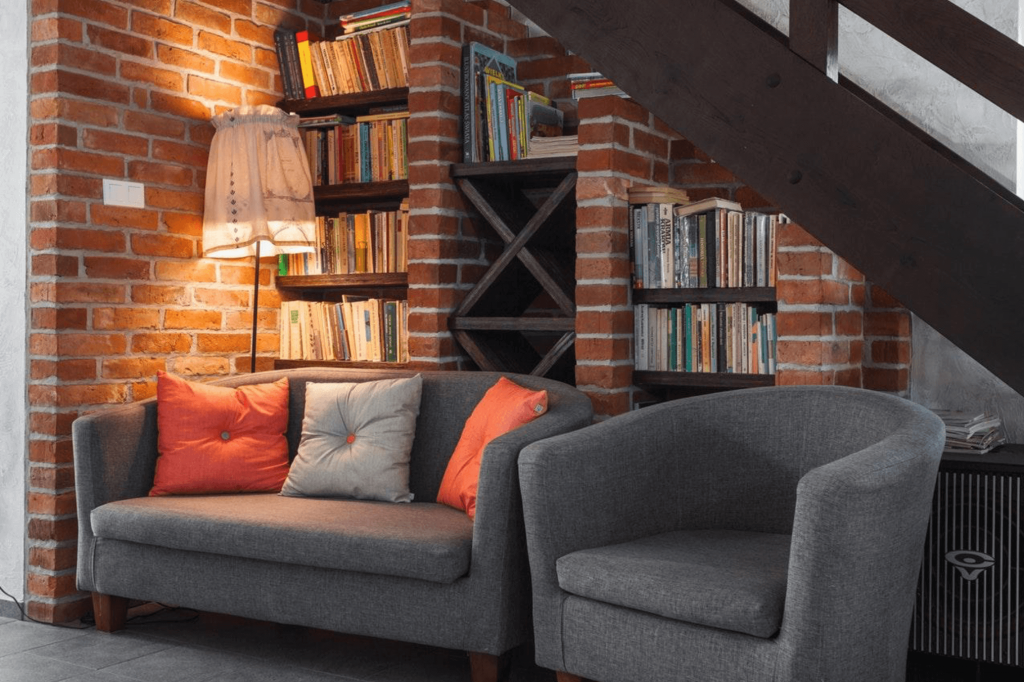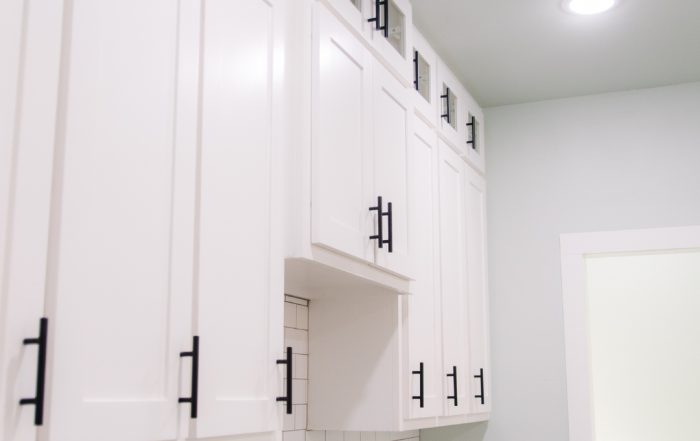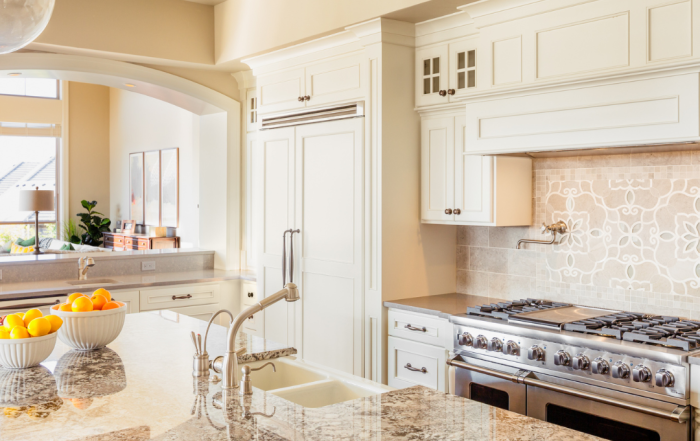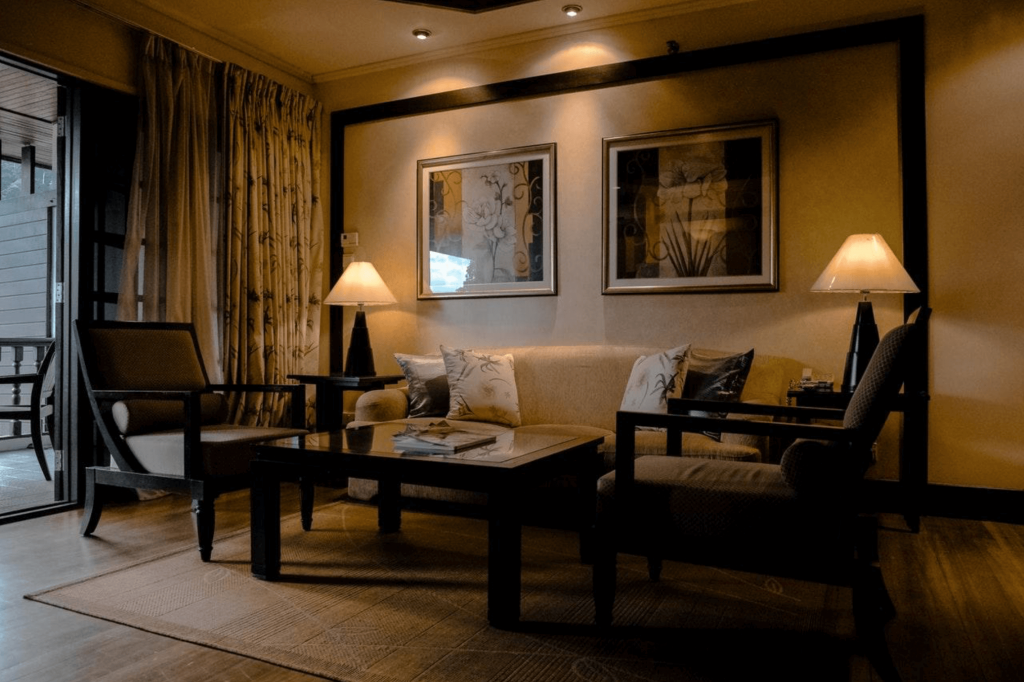

You can use all the pro tips and tricks in this world and master the art of organizing any interior to a T, but if you fail to illuminate it property, all your efforts will be in vain. So, to avoid making this mistake, here are some tips on how to boost the look of your interior with the right lighting design. Pay attention and take notes if necessary.
Understand the layers
We often hear just how important it is to layer the lighting in a particular room, but not many of us quite understand what that means. Simply put, there are three main lighting layers: the overhead light – also called ambient or general lighting – illuminates the entire room equally, and the fixture is usually placed in the middle of the ceiling or, if there are more fixtures, they are equally dispersed across the ceiling; the accent lighting – or decorative lighting – is used to further highlight certain aspects and features of a room’s design, such as an art piece or a bookshelf; the task lighting, as the name suggests, is used to better illuminate the task you’re working on – think in terms of table lamps, under-cabinet lighting, etc.
Once you understand the layers, deciding on the concept and design of lighting will be much easier.

 Determine the layout based on room function
Determine the layout based on room function
The three layers of lighting can be featured in every room, but the extent to which you execute them may vary. For instance, the kitchen is an area where you need to have ample lighting to make all the tasks performed there significantly easier and, above all, safer. This area doesn’t really have to feature accent lighting unless you want it to. On the other hand, a living room without accent lighting will simply feel like a hit and miss, no matter how good you style it. Therefore, you should inspect all of your rooms carefully and try to determine the lighting layout based on their function.
 Plan, map out, execute
Plan, map out, execute
Once you’ve determined the desired look you want to go for, the next step would be to see how you can make it possible. The project of this size and scale will require you to set a budget which will help you stay on the right track throughout the entire endeavor. Additionally, it will require you to seek professional help as electricity is definitely something you should never tamper with yourself – not to mention that it’s even illegal in some countries. For example, in Australia, almost any DIY work with electricity could get you in trouble. Therefore, it is highly recommended to hire a licensed Sydney electrician to deal with light installation and switch wiring. It’s also important to mention that you should always ask the contractor you are considering hiring for their portfolio to make sure that everything will be done properly and according to regulations.
Go eco-friendly
Finally, once everything is in place, don’t forget to go eco-friendly. If every newly installed lighting fixture requires so much as a single light bulb, the best course of action would be to go for LED bulbs. Yes, they do initially cost significantly more than the average incandescent light bulb (starting at around $10 and going up to as much as $20, as opposed to ¢70 for an incandescent one) but the amount of energy they save will seriously lower your energy bill in the long run. Additionally, LED light bulbs generally last significantly longer than the incandescent ones, which means that you won’t have to replace them as often. If you put everything on paper, you’ll see that LED bulbs truly are the way to go.
To recap, when designing any type of area, the lighting should be your primary concern. Once you get it right, everything else will simply fall into place.
About the author: Mike Johnston is a home improvement blogger and DIY enthusiast from Sydney. He is a regular writer at Smooth Decorator and a featured contributor on many other interior design, lifestyle, and eco-friendly blogs. Mike’s goal is to create and share meaningful content that helps and inspires people.
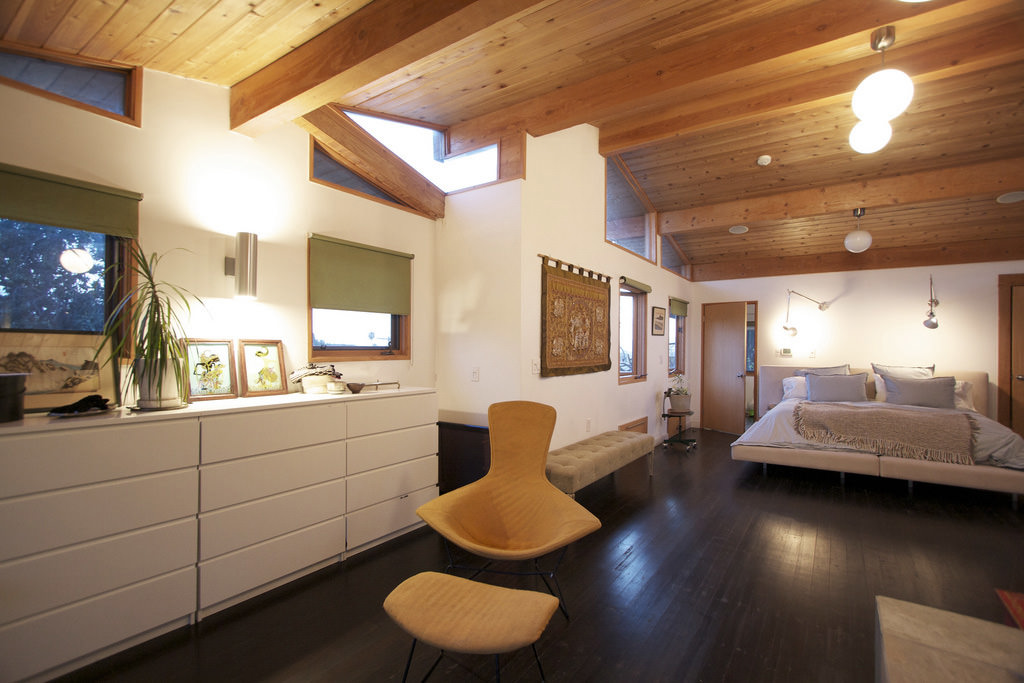
 Determine the layout based on room function
Determine the layout based on room function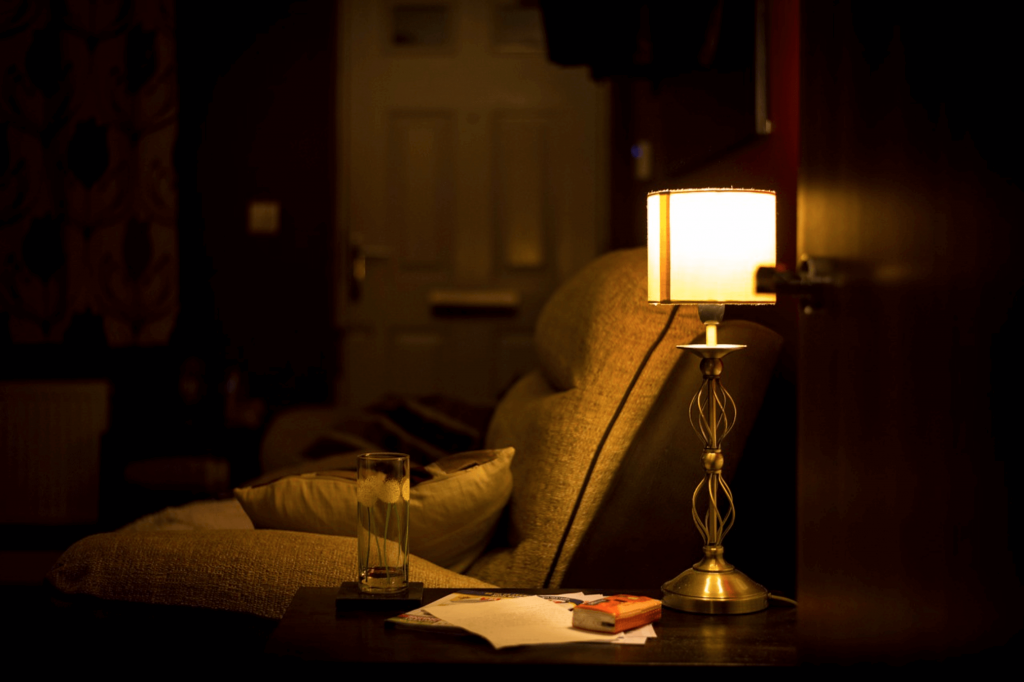
 Plan, map out, execute
Plan, map out, execute
